In the world of fashion and personal styling, the relationship between body shape and neckline selection remains one of the most scientifically intriguing and practically valuable areas of knowledge. It is not merely about following trends but about understanding the geometry of the human form and how clothing can enhance natural proportions. The right neckline can frame the face beautifully, drawing attention to your best features and creating a harmonious balance that feels both intentional and effortless. Conversely, an ill-chosen neckline can disrupt visual harmony, making an otherwise perfect outfit fall flat. This exploration delves into the art and science of pairing necklines with face shapes, offering insights that transcend seasonal fads and tap into timeless principles of aesthetic enhancement.
Understanding your face shape is the foundational step in this sartorial equation. While many people have an intuitive sense of their face shape, a more precise assessment can be made by looking in a mirror and tracing the outline of your face with a erasable marker or by measuring the width of your forehead, cheekbones, and jawline, as well as the length of your face. The most common classifications include oval, round, square, heart, and oblong. Each of these shapes has distinct characteristics; for instance, an oval face is longer than it is wide with gently rounded jawlines, often considered the most versatile shape. A round face has similar width and length with soft, circular contours. A square face features a strong jaw and forehead with minimal curvature. A heart-shaped face widens at the forehead and cheekbones but narrows to a pointed chin. An oblong face, also called rectangular, is longer than it is wide with straight cheek lines. Recognizing your unique structure allows you to select necklines that either complement or contrast these features in a flattering manner.
For those with a round face, the primary goal is often to create the illusion of length and definition. Round faces benefit from necklines that introduce angles and vertical lines, which help to elongate the face and add structure. V-necks are particularly effective as they draw the eye downward, creating a lengthening effect. The deep, sharp angle of a V-neck provides a counterbalance to the soft curves of the face, introducing a slimming vertical line that enhances facial structure. Similarly, scoop necks that are deeper and somewhat elongated can achieve a comparable effect, though they should avoid being too wide which might emphasize roundness. Boat necks and off-shoulder styles can also work well if they are cut to expose the collarbones and create horizontal width at the shoulders, which in turn makes the face appear narrower. It is generally advisable to avoid high necklines like turtlenecks or crewnecks, as these can make a round face appear fuller by closing off the neck and emphasizing the facial circumference.
Square faces, characterized by a strong, angular jawline and often a broad forehead, are beautifully balanced by necklines that soften these pronounced features. The aim is to counteract the angularity with curves and to avoid reinforcing the squareness with harsh lines. Round necklines such as U-necks or deep scoops are excellent choices as their curves provide a gentle contrast to the sharp jawline. A V-neck can also be flattering if it is not too severe; a soft, shallow V introduces a vertical line without adding more angles. Sweetheart necklines, with their curved, heart-shaped top, are another superb option as they bring softness and romance to the strong bone structure. Necklines that are too square or horizontal, like boat necks, might exaggerate the angularity and width of the jaw and forehead, so they are best approached with caution or balanced with soft hairstyles and accessories.
Oval faces are often regarded as the most adaptable, able to carry a wide variety of necklines with grace. The balanced proportions and gently curved lines of an oval face mean that most styles will look harmonious. However, this versatility should not lead to complacency; some necklines can enhance this natural balance even further. V-necks and scoop necks work wonderfully, as do boat necks and off-the-shoulder styles, which highlight the collarbones and shoulders. Even high necklines like turtlenecks can be strikingly elegant on an oval face, offering a sleek and sophisticated look. The key for oval faces is to avoid necklines that are too extreme or unbalanced, which might disrupt the innate symmetry. Asymmetrical necklines, for example, can add interesting dynamism but should be chosen with care to ensure they do not overwhelm the face's natural equilibrium. Heart-shaped faces, with their wider forehead and cheekbones tapering to a narrow chin, benefit from necklines that balance the upper and lower parts of the face. The objective is to minimize the width at the top while adding visual interest or volume at the bottom to create symmetry. V-necks are again a stellar choice, as they draw attention downward and help to elongate the chin area. Scoop necks and U-necks also work well, particularly if they are not too wide, as they soften the forehead's breadth. Boat necks can be tricky because they emphasize the width of the upper body, but if paired with the right accessories or layers, they can be balanced. Necklines that add detail around the décolletage, such as embellishments or ruffles, can help to draw the eye away from a wider forehead. Avoid high necklines or styles that add volume at the shoulders, as these can make the top half appear heavier. For oblong or rectangular faces, which are longer than they are wide, the styling goal is typically to create the illusion of width and to break up the vertical length. This face shape benefits from necklines that are horizontal or that add volume at the sides, helping to shorten the appearance of the face. Boat necks and off-the-shoulder necklines are ideal as they expose the shoulders and create a strong horizontal line that counteracts length. Crewnecks and other high necklines can also work well because they cut off the neck visually, making the face appear shorter. Wide, shallow scoops and square necklines can introduce width at the collarbone, further enhancing the balancing effect. It is generally best to avoid deep V-necks or plunging necklines, as these can elongate the face even more by adding a strong vertical element. Instead, focus on styles that open up the neckline horizontally to add fullness and reduce the elongated impression. Beyond the basic shape, other factors such as neck length, shoulder width, and personal style preferences play crucial roles in neckline selection. For instance, individuals with a shorter neck might find that V-necks or scoop necks create the illusion of length, while those with a longer neck can carry off turtlenecks and high necklines with ease. Shoulder width can influence whether wide necklines like boat necks are flattering or overwhelming. Moreover, the fabric, color, and overall design of the garment interact with the neckline to create the final effect. A stiff fabric might make a neckline hold its shape differently than a drapey material, altering how it frames the face. Thus, while face shape provides a strong guideline, it is part of a larger system of personal proportions and style choices. In conclusion, the science of pairing necklines with face shapes is a powerful tool in the arsenal of personal style. It merges artistic intuition with geometric principles to enhance individual beauty. By understanding the characteristics of your face shape—whether round, square, oval, heart, or oblong—you can select necklines that create balance, highlight your best features, and convey confidence. V-necks offer lengthening and slimming effects, ideal for round and heart shapes. Scoop and U-necks introduce soft curves that flatter angular faces. Boat necks and off-shoulder styles add width, perfect for oblong faces. And the versatile oval face can experiment across the spectrum. Remember that these guidelines are not rigid rules but starting points for exploration. The ultimate goal is to wear what makes you feel empowered and authentic, using knowledge not as a constraint but as a liberating force in your style journey.
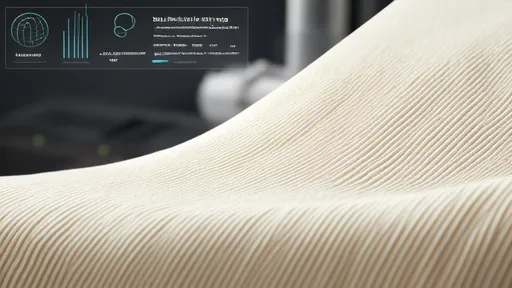
By /Aug 21, 2025
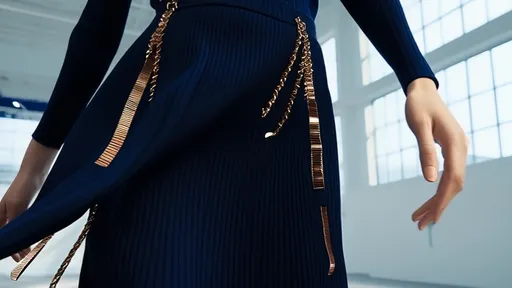
By /Aug 21, 2025
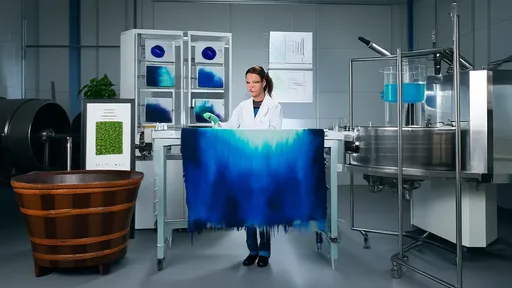
By /Aug 21, 2025

By /Aug 21, 2025

By /Aug 21, 2025
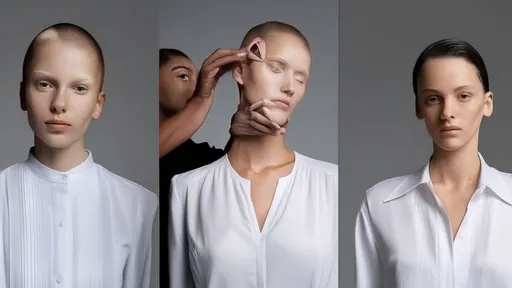
By /Aug 21, 2025

By /Aug 21, 2025
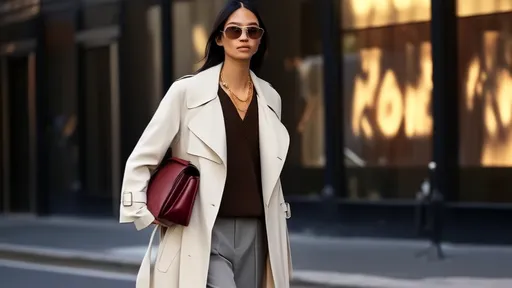
By /Aug 21, 2025
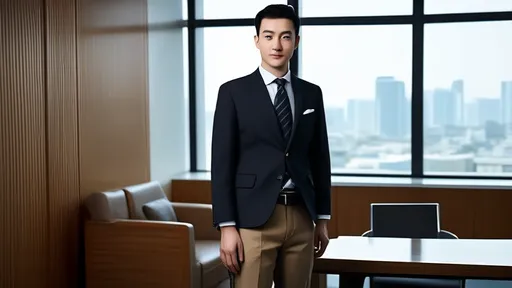
By /Aug 21, 2025
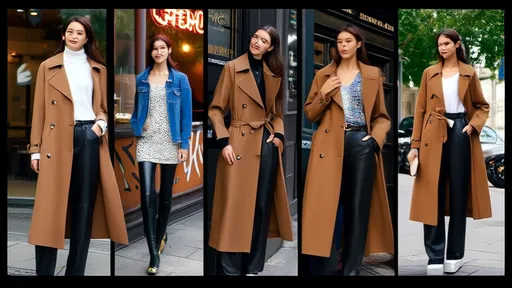
By /Aug 21, 2025
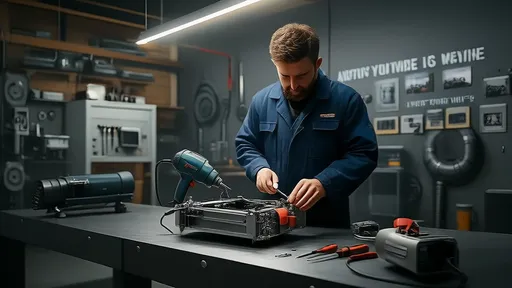
By /Aug 21, 2025

By /Aug 21, 2025
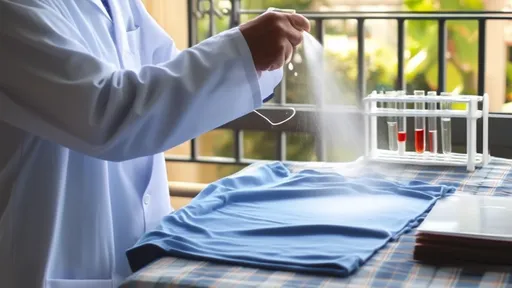
By /Aug 21, 2025
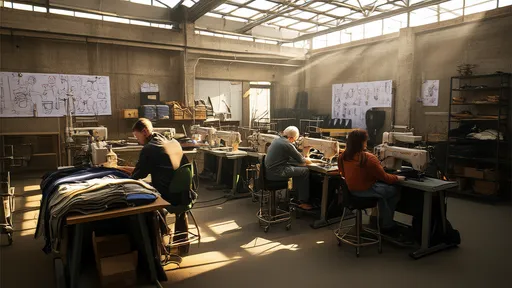
By /Aug 21, 2025

By /Aug 21, 2025
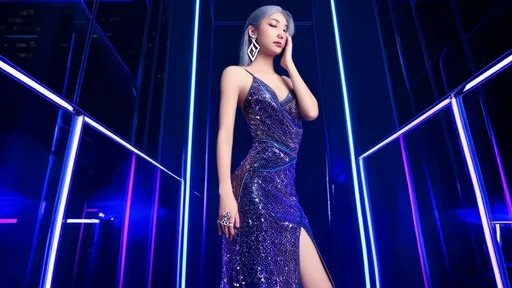
By /Aug 21, 2025
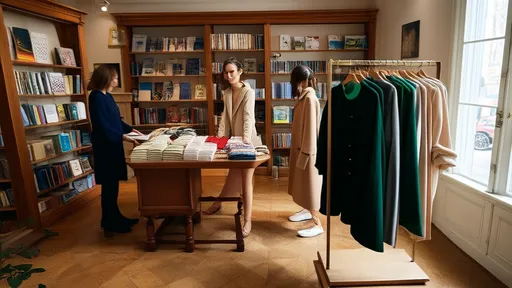
By /Aug 21, 2025

By /Aug 21, 2025
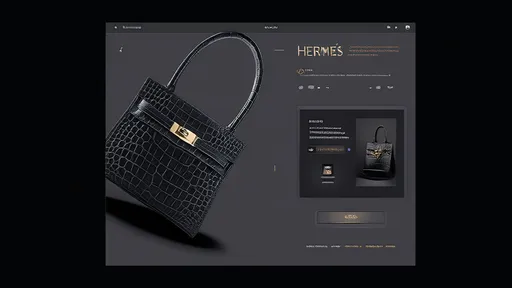
By /Aug 21, 2025

By /Aug 21, 2025